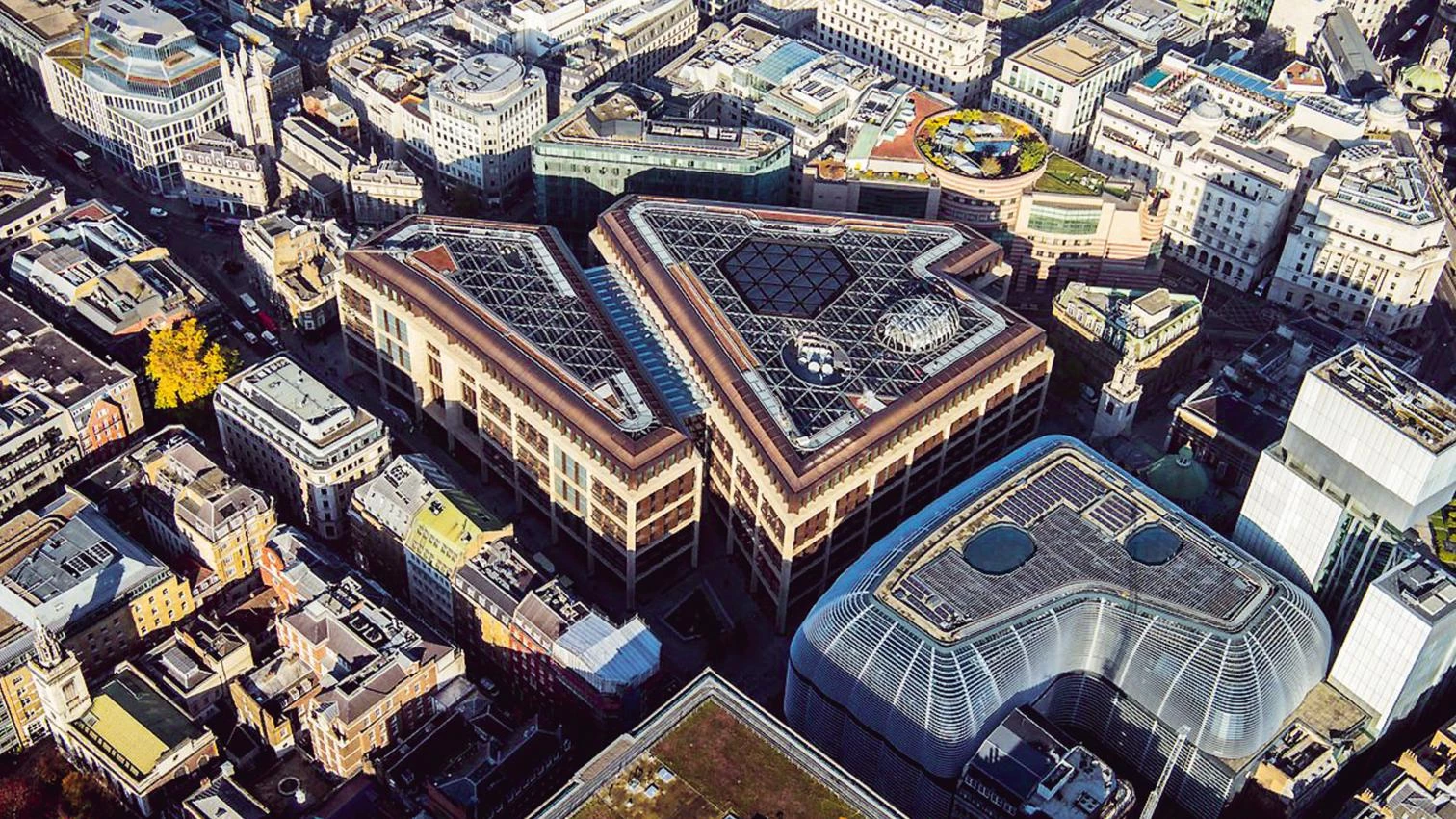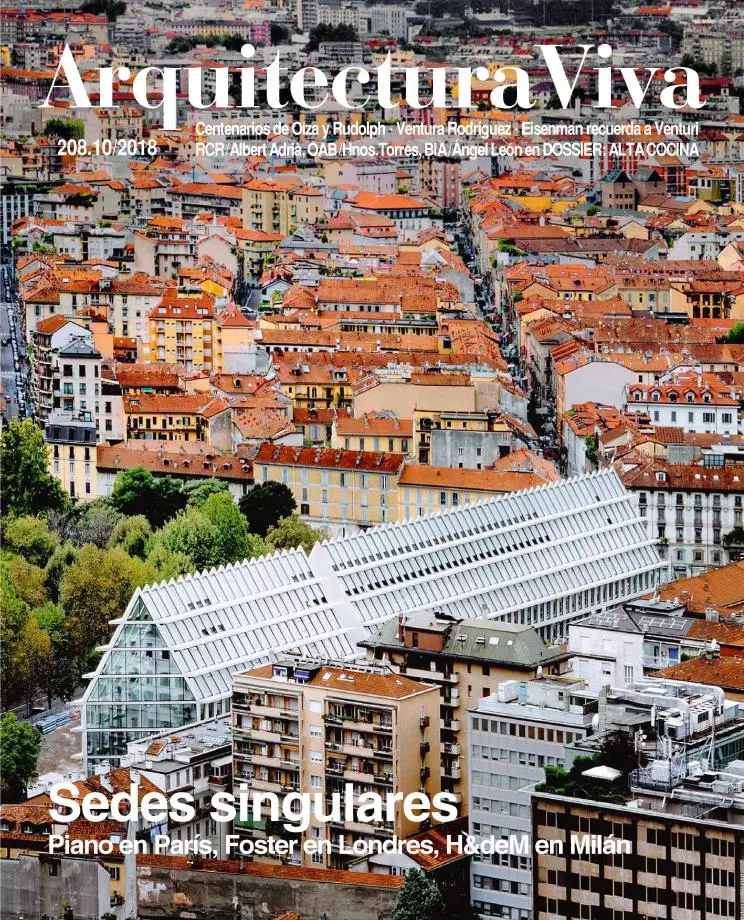World Class Buildings and Their Image
Decorum and Character

The power of a corporate or institutional building comes from the image it is able to convey. The first offices of the 20th century inherited the 19th-century ideas about decorum, and adorned themselves with columns and pediments, as if they were museums of work. Later, the decorum of old gave way to a technological ‘neutrality’ that in no time gave rise to a new notion of decorum: that of curtain walls characterized by the rigorous rhythms of the modular, cold as an ice floe, that had its models in the Seagram Building of Mies van der Rohe and in the numerous company offices erected by Skidmore, Owings & Merrill (SOM), quintessential masters of corporate architecture. So successful was the canon that it was difficult to come up with alternatives of significance, although we have to acknowledge the merit of architects like Frank Gehry, Rafael Moneo, Rem Koolhaas, or David Chipperfield in redefining the conventional office scheme in a way that addressed work organization, history, or technique. The following pages present three outstanding projects that continue, nuance, or amend the complex tradition of the modern corporate or institutional image: Renzo Piano’s Cité Judiciaire in Paris, Norman Foster’s Bloomberg headquarters in London, and Jacques Herzog & Pierre de Meuron’s Feltrinelli Foundation in Milan.





